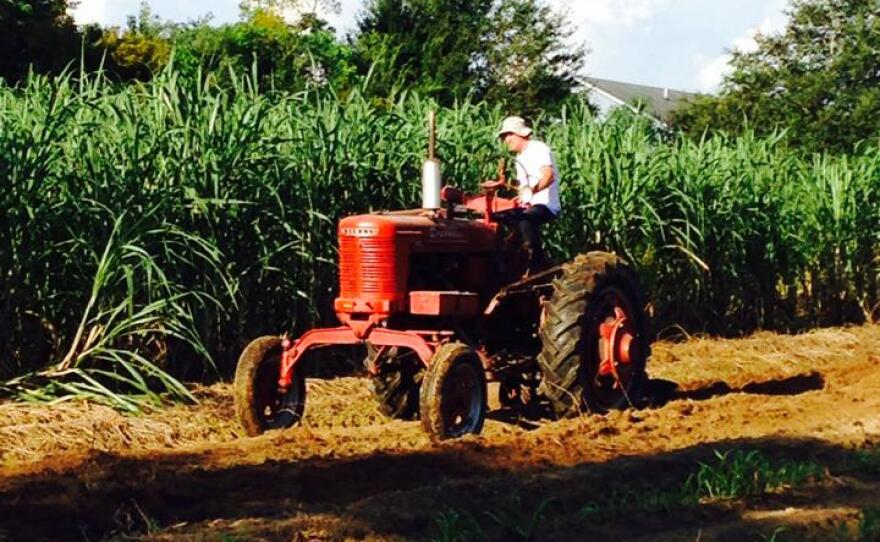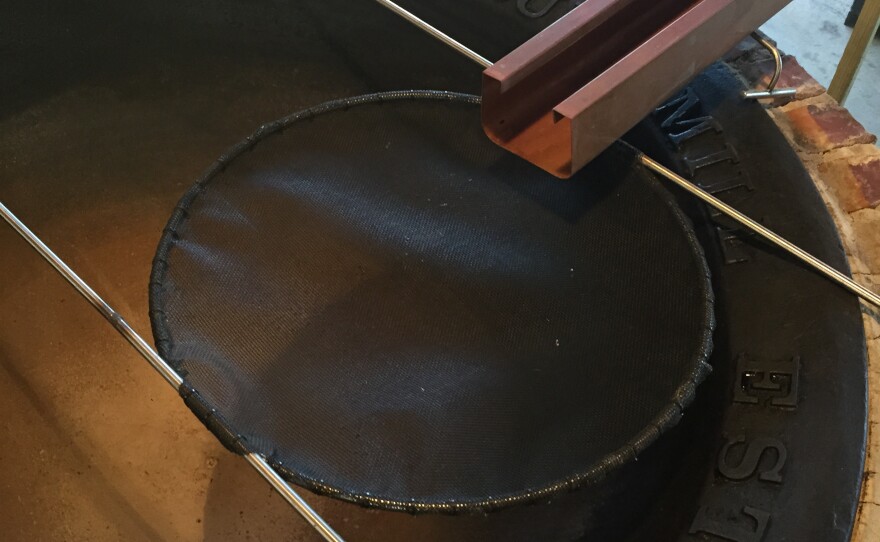Make cookies and cakes at home and you can sell them without a health inspection of your kitchen. Ahead of this season, cane syrup was added to the list of foods Louisiana deems “low-risk”.
If the food you’re eating tastes sweet and doesn’t have much nutritional value, chances are its “low-risk.” LSU AgCenter Food Safety Specialist, Professor AchyutAdhikari says things like jams, jellies, and syrups aren’t very hospitable for bacterial pathogens. Because bacterial pathogens require nutrients to live, Adhikari says, they have a harder time surviving in high-acidic, low-moisture foods like cane syrup.
"When there is higher concentration of sugar," Adhikari said, "that will also limit the growth of micro-organisms."

When Adhikari’s at the farmers market he says he looks to see if sellers of these foods are following good hygiene practices. A key indicator for him is if they’re wearing gloves. But even so, he says, be on the look out because they might be wearing the same gloves to collect the money and use their cell phone -- that can cross-contaminate the food.
Charles Poirier is a cane syrup maker in Youngsville La. He says he may not wear a hairnet, but there's a sink in his shed and his hands are always clean.
"I'm not saying the board of health is a bad thing," Poirier said, "but it's just, sometimes if people take a little more pride in what they are doing, you really wouldn't need the board of health."
Poirier has been making cane syrup for friends and family for eight years, but this is the first year he's selling it. He can do that without following sanitary code requirements big producers have to follow, so long as his annual sales don’t exceed $20,000.

To make a batch of cane syrup, Poirier first needs to extract juice from raw material. To do that, he feeds sugar cane grown in his backyard into his mill which crushes the stalks of cane and squeezes out the juice he needs to continue. The juice then flows down a stainless steel funnel to an iron kettle located indoors, and once the iron kettle fills with sixty gallons of juice, Poirier switches on the propane burners underneath the kettle.
"Once you get it to boiling," he says, "you actually boil it for about five hours. It gets up to 226 degrees."
Poirier uses a handheld filter to skim the top of the boiling juice the entire time it's in the kettle and once the five hours are up, he moves the now heavy juice to steel cannisters for even more filtering until it's time to finally bottle it. The process may sound somewhat simple, but it isn't.
"You 'gotta' know how to clarify the juice in order to get the impurities out of your syrup. Making cane syrup is pretty much a lost art," Poirier said.
Without the worry of a health inspection Poirier can now revive this art, and make a profit from it.












